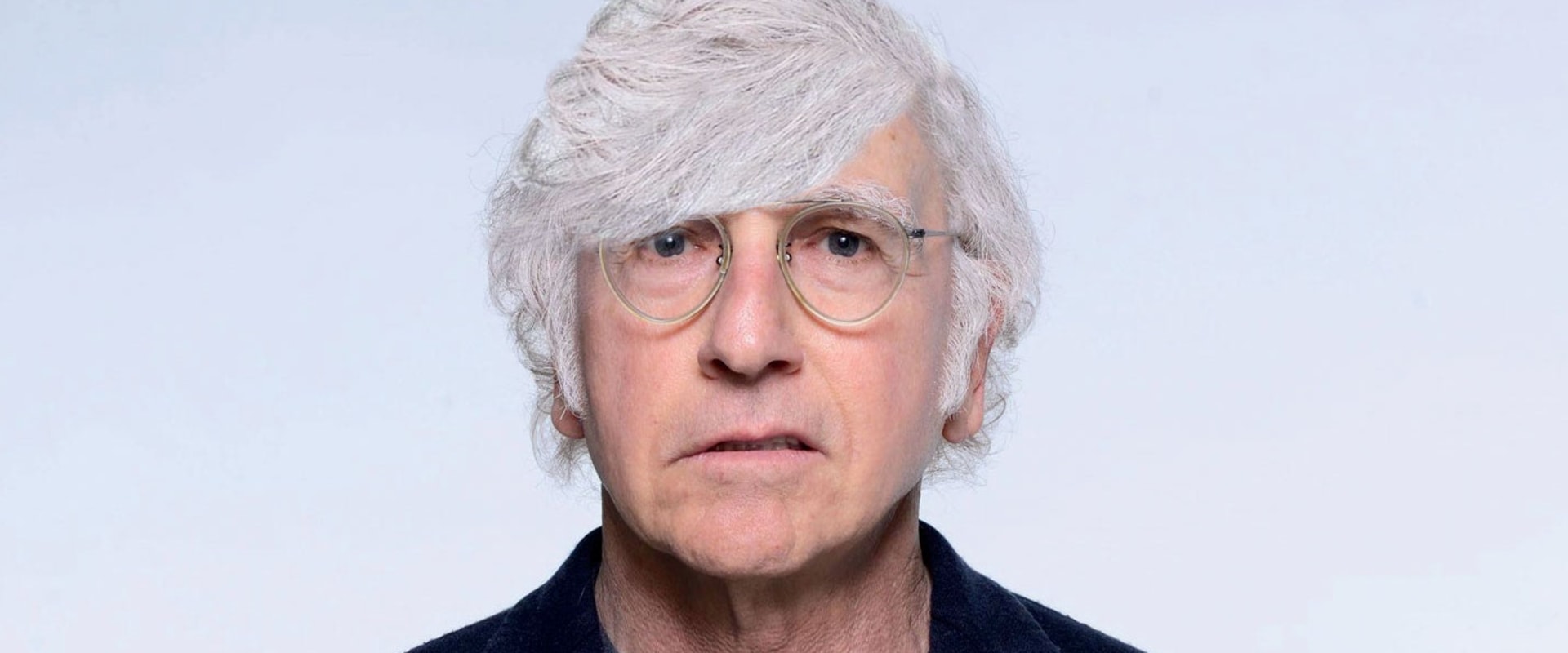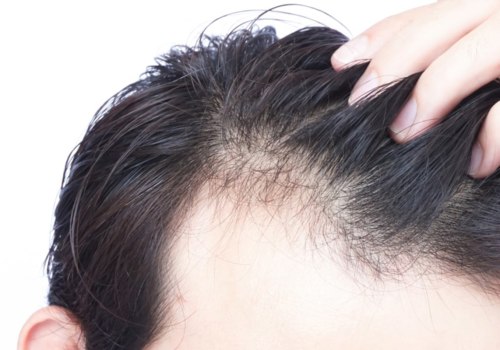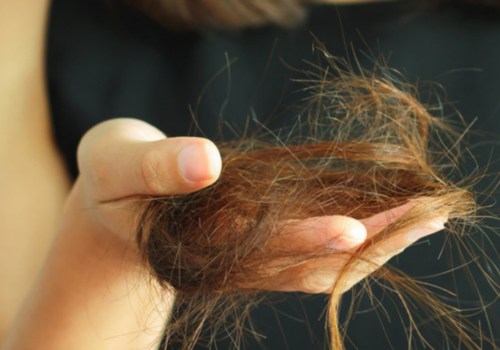Hair loss is gradual and is known as a receding hairline. Some men find that their hair loss progresses rapidly, losing much of their hair in 5 years. However, it is more common for hair loss to progress more slowly, usually between 15 and 25 years. Read on to learn more about the stages of the Norwood scale, some treatments for male pattern baldness, and tips on hair health and how to cope with hair loss.
James Hamilton introduced a scale to measure the stages of male pattern baldness in the 1950s. O'Tar Norwood significantly improved this scale in the 1970s. The Norwood scale defines seven stages of baldness, with specific models for each type of baldness. Each stage has a normal pattern and a class A pattern.
The normal pattern tends to start with a bald spot on the top of the head. Class A baldness has a different progression, in which the hairline moves away from the front to the back. There are many solutions available for male pattern baldness. Most treatment options have the best success rates when hair loss is in its earliest stages.
Those who start treating hair loss in its later stages can only benefit from some of the strongest treatment options, such as surgery. Male hair loss begins sometime in your twenties, but it usually takes 15 to 25 years to go bald. Half of the fifties are quite bald. While finasteride works best to stop the progression of genetically programmed hair loss, some men will achieve partial regrowth.
The sooner the treatment begins, the more hair there is to protect. Each strand of hair is located in a small hole in the skin called the follicle. In general, baldness occurs when the hair follicle shrinks over time, resulting in shorter, thinner hair. Eventually, the follicle does not grow new hair.
The follicles remain alive, suggesting that it is still possible to grow new hair. If you have Norwood Type 3 hair loss, it is important that you take steps to treat your hair loss as soon as possible. When used together, the combination of minoxidil and finasteride is the best opportunity for men to both stop the progression of hair loss and to maximize hair growth. Men whose hair is too far away to be saved with tablets and lotions might consider hair transplant surgery, a cosmetic surgical procedure that has improved dramatically in recent years.
The bald head on the crown is larger, but there is still a strip of hair between the bald head and the receding hairline. Androgenetic alopecia causes modeled hair loss,5 which begins with a bitemporal recession of the frontal hairline, followed by diffuse thinning on the vertex. If your hair loss occurs in a more regular receding pattern, usually from the temples and crown of your head, then you are more likely to have male pattern baldness. Although most men learn to deal with their androgenetic alopecia without it affecting their psychosocial functioning, some men tolerate hair loss poorly and have overall negative body image and a diminished quality of life.
Some research has also been done to include platelet-rich plasma in the microneedling procedure to further improve hair growth. The most distressed bald men are those with more extensive hair loss, those who are younger, have an earlier onset and consider their baldness to be progressive (often derived from their father's observation) and socially noticeable. In addition, you may have noticed that men, when they are bald, never lose their hair around the sides and back of their heads. Androgenetic alopecia is a specific type of hair loss mediated by systemic androgens and genetic factors.
Many men with stage four hair loss have a thick band of moderately dense hair that separates the hairline from the balding area around the crown. Male genetic pattern baldness refers to a stage of male pattern baldness related to a family history of baldness and hair loss. You may be able to see that the hairline has receded near the temples and sideburns, giving the hairline a tilted angle backwards when viewed from the side. The degree of baldness does not correlate with the density of the hair patterns on the trunk and extremities, nor with the libido.
. .





